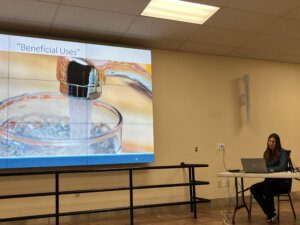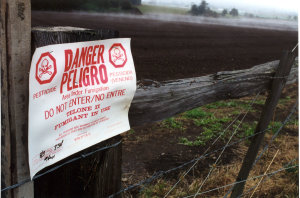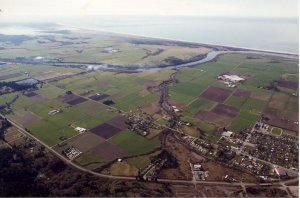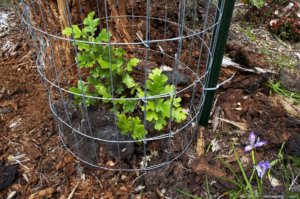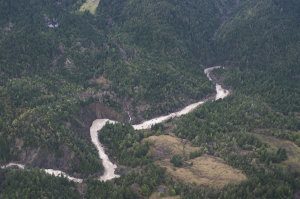In Del Norte County on October 8, 2025, more than 70 people attended a meeting of the North Coast Regional Water Quality Control Board to tell the state: Enough is enough, stop allowing Smith River easter lily farmers to poison the habitat and the people of the lower Smith River.
The epic meeting began at 6 p.m. and lasted five hours, yet few in the standing-room-only crowd left early. Water Board staff took nearly three hours to report to the four-member Water Board on state efforts to create an agricultural permit that would allow Smith River Easter lily farmers to continue polluting the river’s estuary and impacting local residents. read full article
